Current status of acute myocardial infarction in Korea
- PMID: 30612415
- PMCID: PMC6325441
- DOI: 10.3904/kjim.2018.381
Current status of acute myocardial infarction in Korea
Abstract
Coronary artery disease, especially acute myocardial infarction (AMI), is a leading cause of death in the Asia-Pacific region. The Korea Acute Myocardial Infarction Registry (KAMIR) is the first nationwide, prospective, multicenter registry of Korean patients with AMI. Since the KAMIR first began in November 2005, more than 70,000 patients have been enrolled, and 230 papers have been published (as of October 2018). Moreover, published data from the KAMIR have revealed different characteristics from those of Western AMI registries regarding risk factors, interventional strategies, and clinical outcomes. As a result, the KAMIR study has improved the outcomes of percutaneous coronary intervention and reduced mortality. We propose the use of the KAMIR score in the prediction of 1-year mortality. Using data from the KAMIR, we provide an overview of the current status of AMI in Korea, including trends in demographic characteristics, risk factors, medications, treatment strategies, and clinical outcomes.
Keywords: Mortality; Myocardial infarction; Percutaneous coronary intervention; Prognosis; Risk factors.
Conflict of interest statement
No potential conflict of interest relevant to this article was reported.
Figures

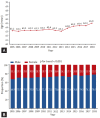
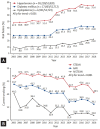

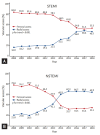

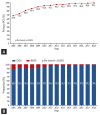
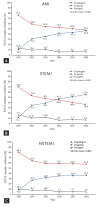

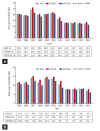
References
-
- OCED. WHO . In-hospital mortality following acute myocardial infarction and stroke. In: Health at a Glance: Asia/Pacific 2016. Measuring Progress towards Universal Health Coverage. Paris (FR): OECD Publishing; 2016. [cited 2018 Nov 28]. Available from: - DOI
-
- Kim Y, Johnson TW, Akasaka T, Jeong MH. The role of optical coherence tomography in the setting of acute myocardial infarction. J Cardiol. 2018;72:186–192. - PubMed
-
- Kim Y, Jeong MH, Ahn Y, et al. Results of a 10-year experience in Korea using drug-eluting stents during percutaneous coronary intervention for acute myocardial infarction (from the Korea Acute Myocardial Infarction Registry) Am J Cardiol. 2018;122:365–373. - PubMed
-
- Yeh RW, Sidney S, Chandra M, Sorel M, Selby JV, Go AS. Population trends in the incidence and outcomes of acute myocardial infarction. N Engl J Med. 2010;362:2155–2165. - PubMed
Publication types
MeSH terms
Grants and funding
LinkOut - more resources
Full Text Sources
Medical
Research Materials
